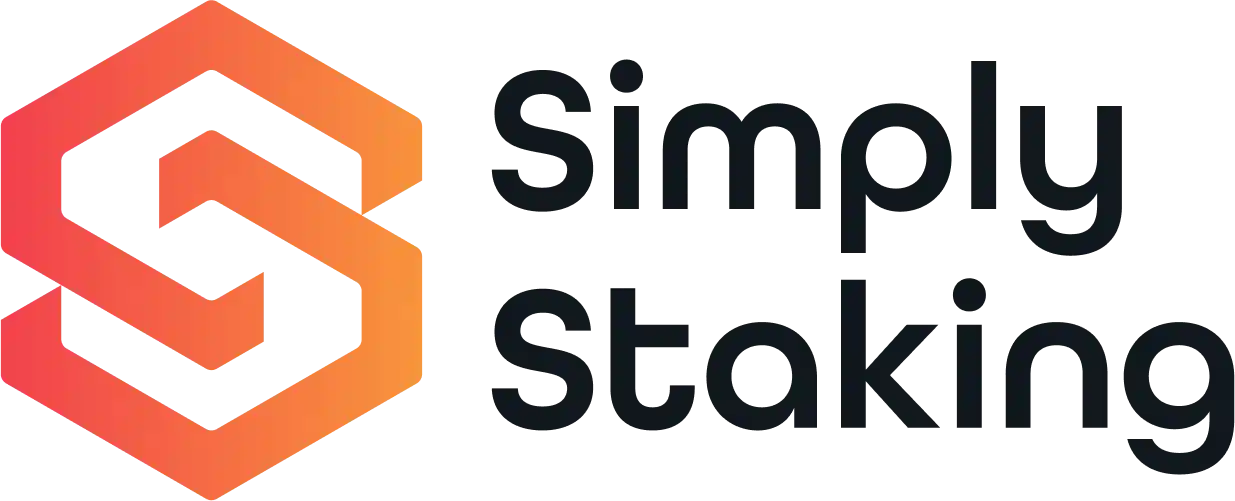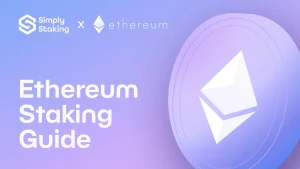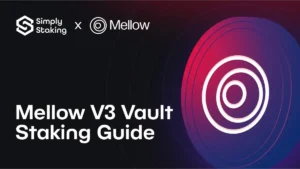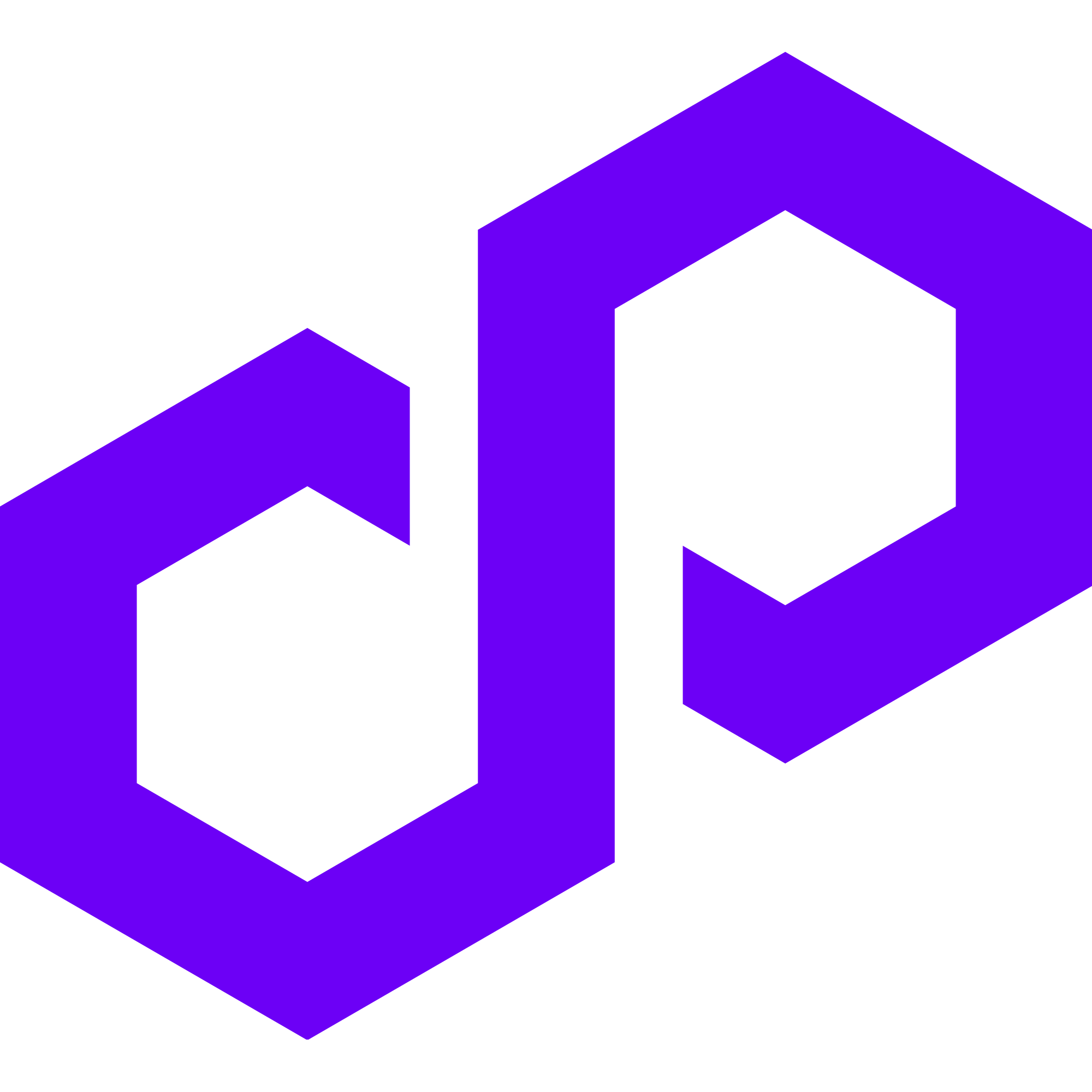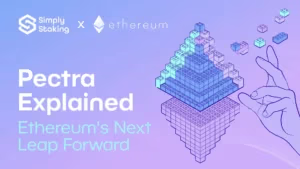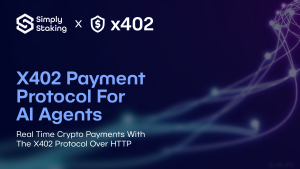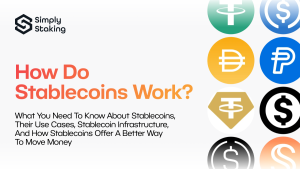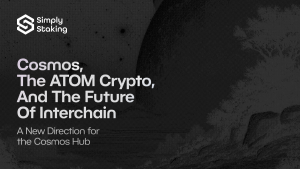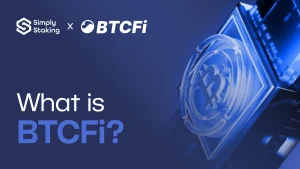Polymarket Rewards Explained
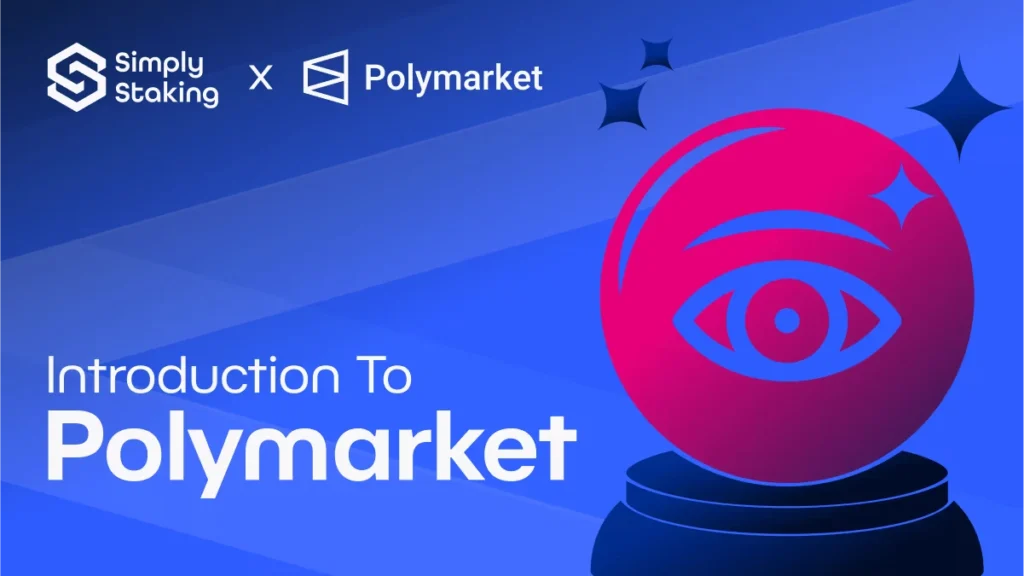
Introduction to Polymarket: What are prediction Markets?
Understanding Crypto Wallets With Simply

Crypto Wallet Guide
Introduction to the Polygon Ecosystem

What is Polygon Network?
Oasis – Where Privacy Meets Web3 & AI
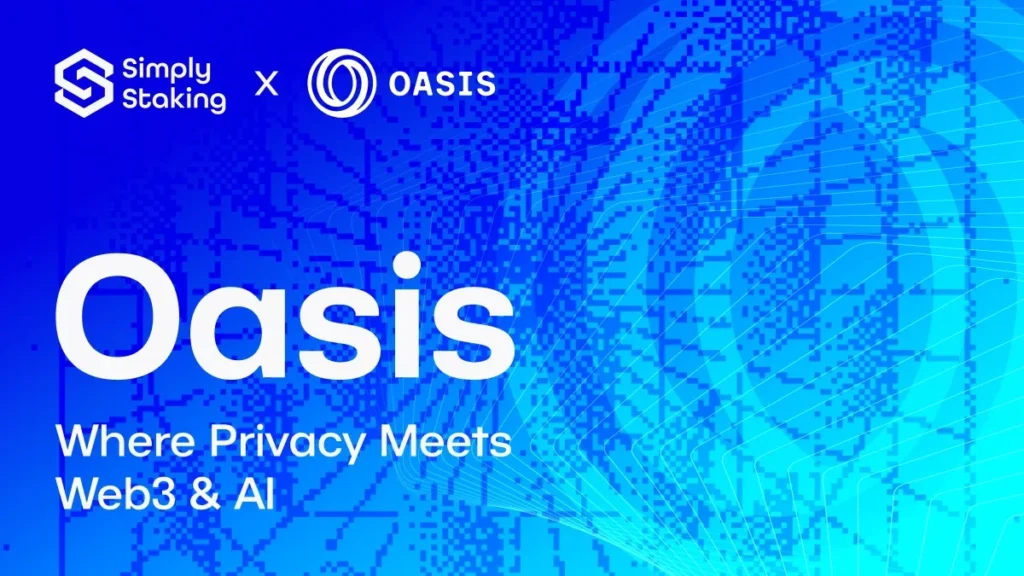
What is OASIS Network?
MANTRA: Compliance-first chain for RWA tokenisation
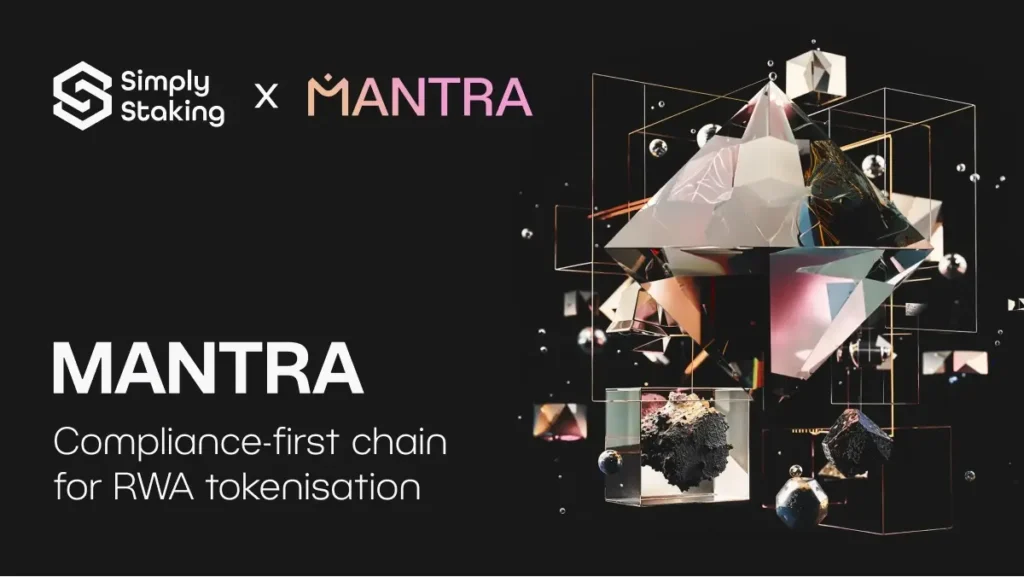
What is MANTRA Network?
Omnitia Shared Security – A Technical Analysis
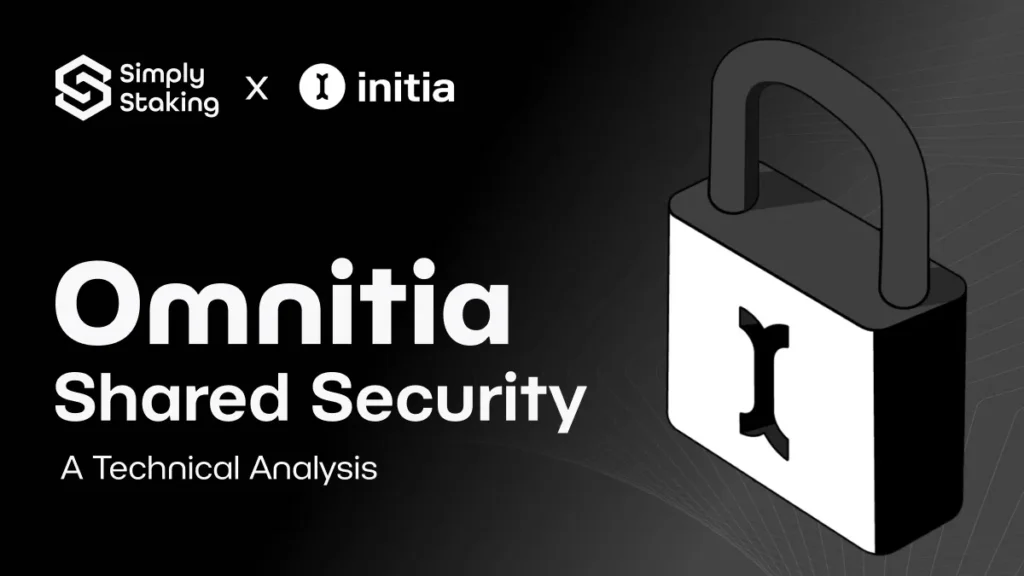
Omnitia shared security.
Babylon: Improving PoS Security with Bitcoin Staking
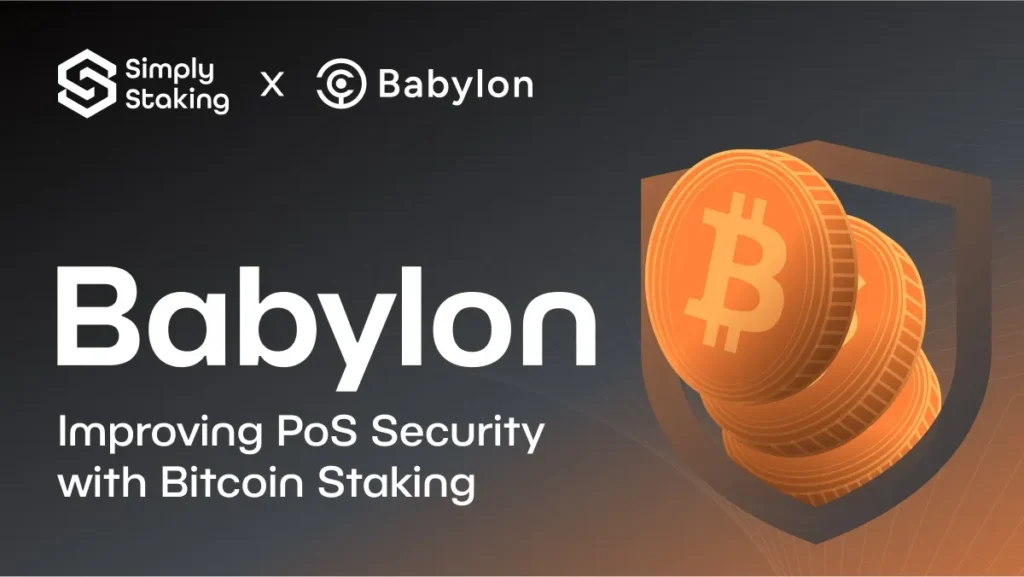
Bitcoin Staking with Babylon.
Privacy-Security Nexus in Liquid Staking
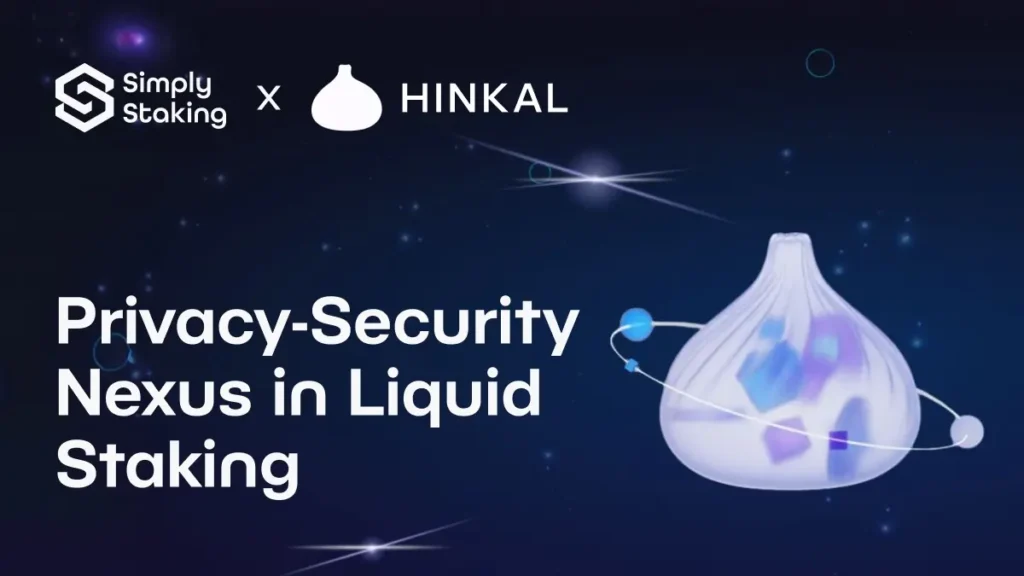
Privacy-Security Nexus in Liquid Staking.
A Deep Dive Into Osmosis
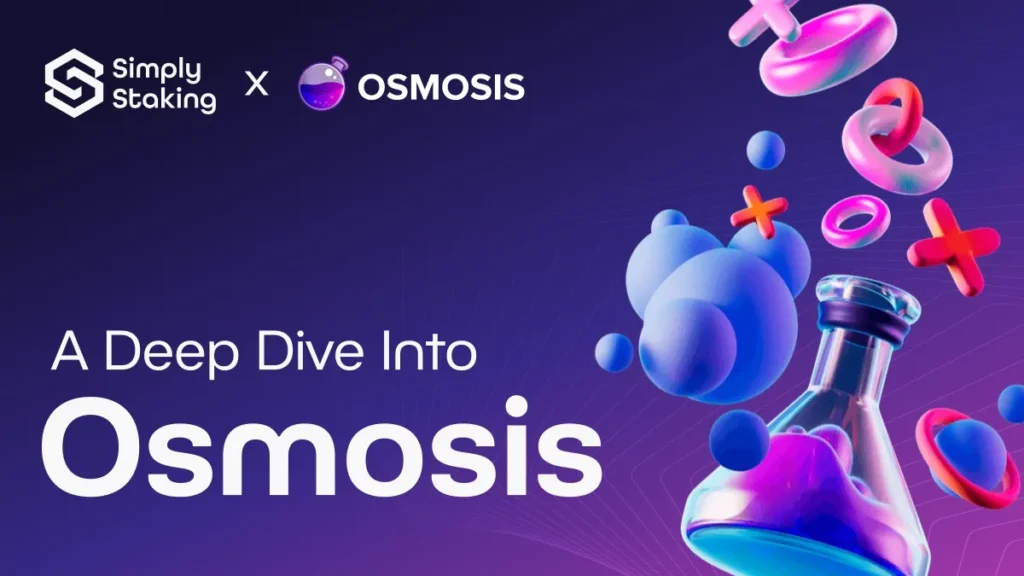
Osmosis Network Deep Dive.
Introduction to Puffer: Permissionless & Native Liquid Restaking
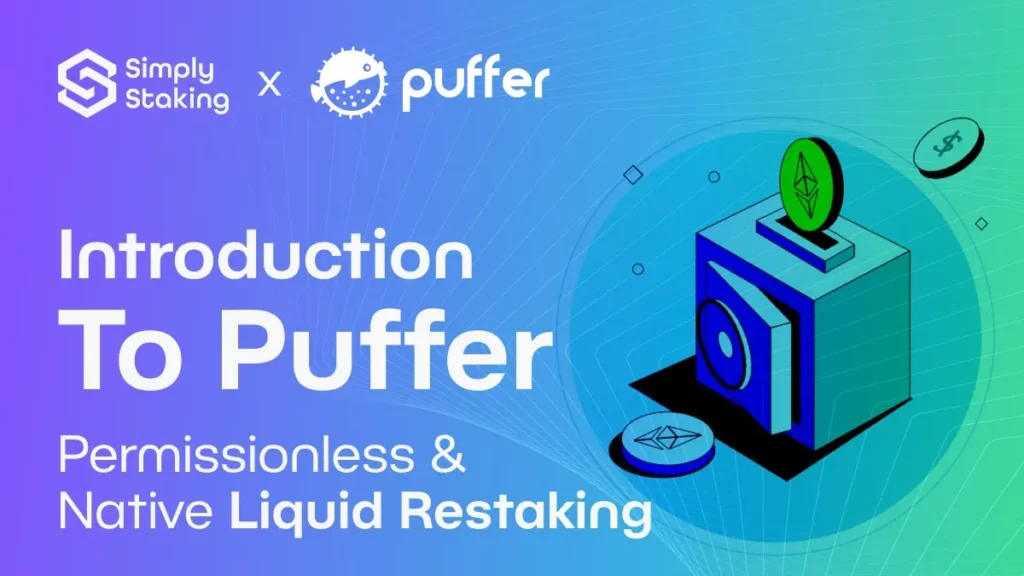
What is Puffer Network?
Liquid Restaking: A Primer

Unlock new DeFi opportunities by leveraging Liquid Restaking to maximize capital efficiency in PoS ecosystems.
Introducing Babylon and its Testnet
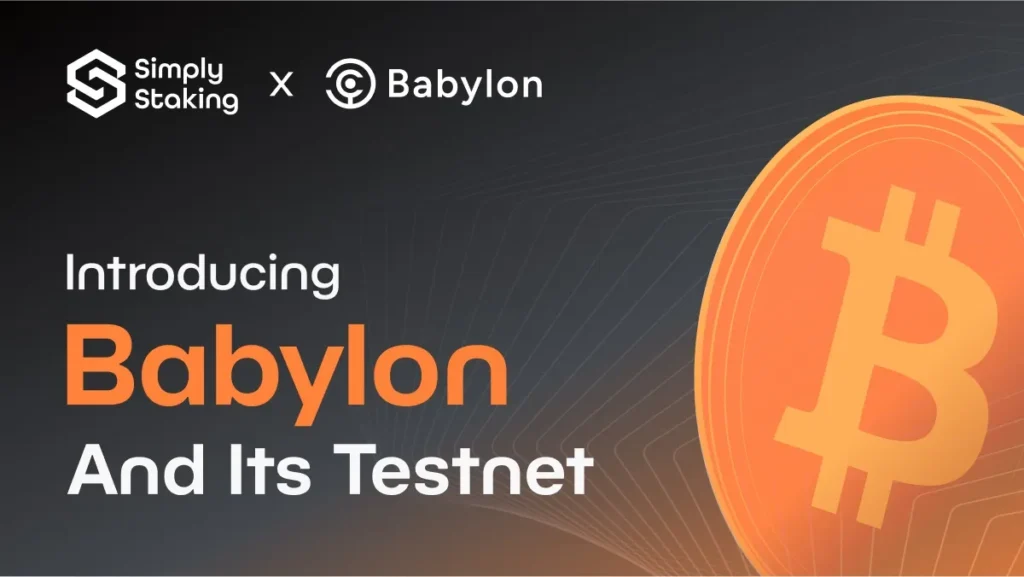
What is Babylon Crypto?
Babylon’s Move To Testnet-4
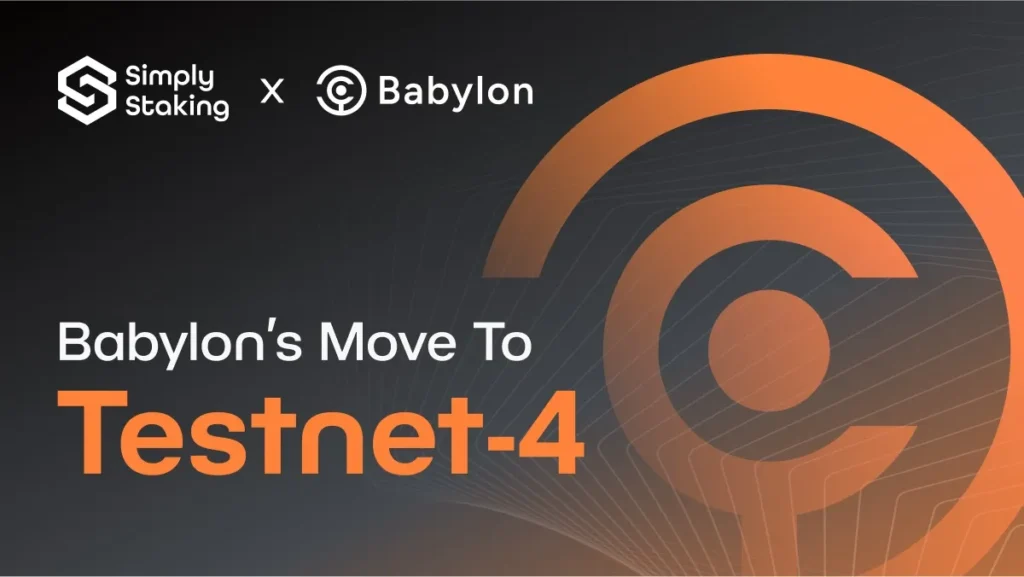
A major milestone in Babylon’s journey, Testnet-4 brings enhanced Bitcoin staking and PoS security improvements.
Introduction to SAGA

What is SAGA Crypto?
Cosmos Hub’s Q2 Roadmap: Gaia, Babylon & Hydro

Informal Systems, a Cosmos Hub validator that has been mandated to lead development initiatives, has introduced multifaceted, yet fascinating milestones that it plans to accomplish in the second quarter.
Cosmos Hub: From Replicated to Partial Set Security
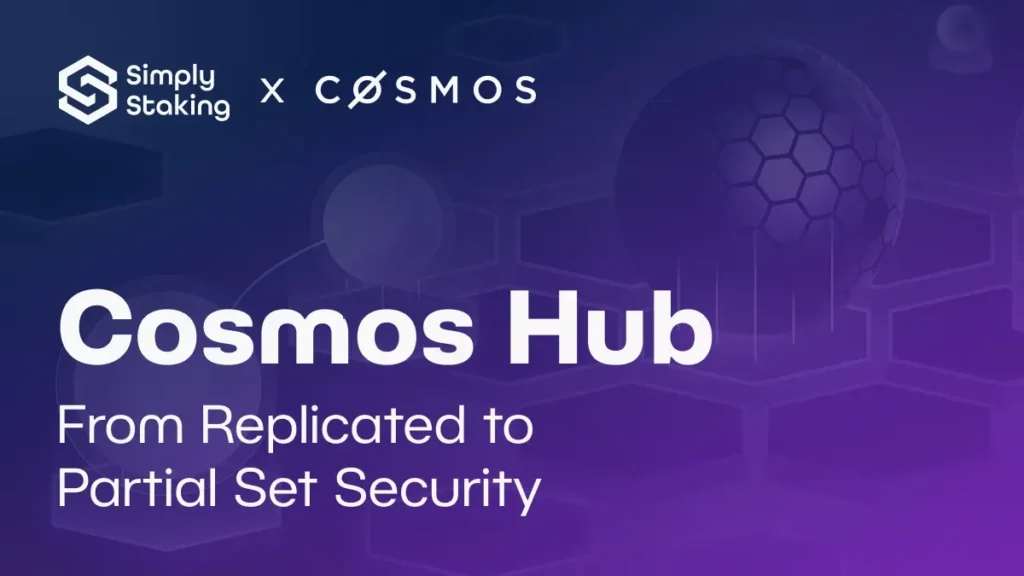
PSS represents a paradigm shift, introducing new features such as opt-in consumer chains, top-n chains, and customizable validator settings.
Introduction to Agoric

Agoric Crypto Introduction
Brevis coChain AVS
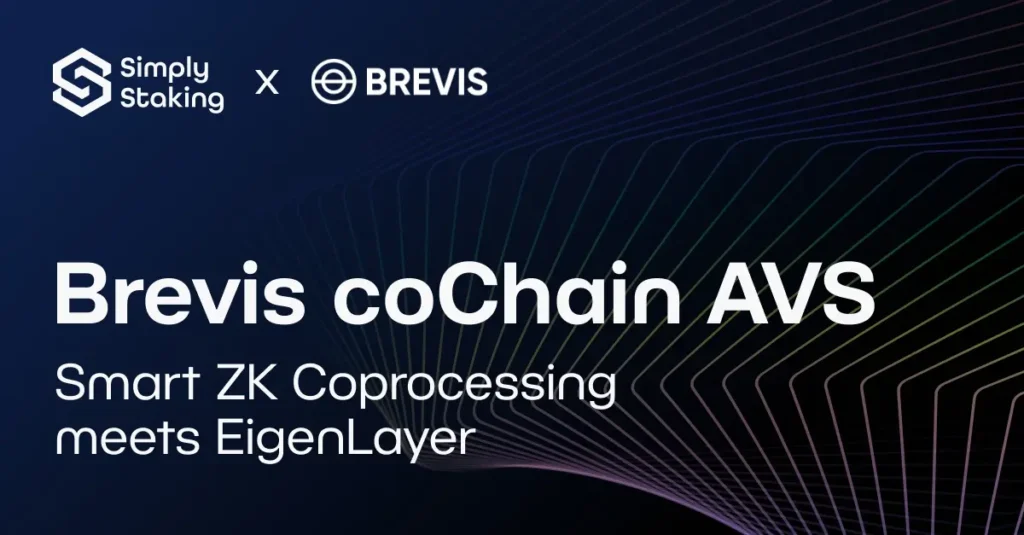
What is Brevis coChain AVS?
Chromia: Relational Blockchains & Modular dApp-chains

What is Chromia Crypto
Introduction to the Decentralized Infrastructure Network (DIN)

In November 2023, Infura, developed by Consensys, along with Microsoft, Chainstack, and several other companies, announced the launch of the Decentralized Infrastructure Network (DIN).
An Overview of the Akash Network
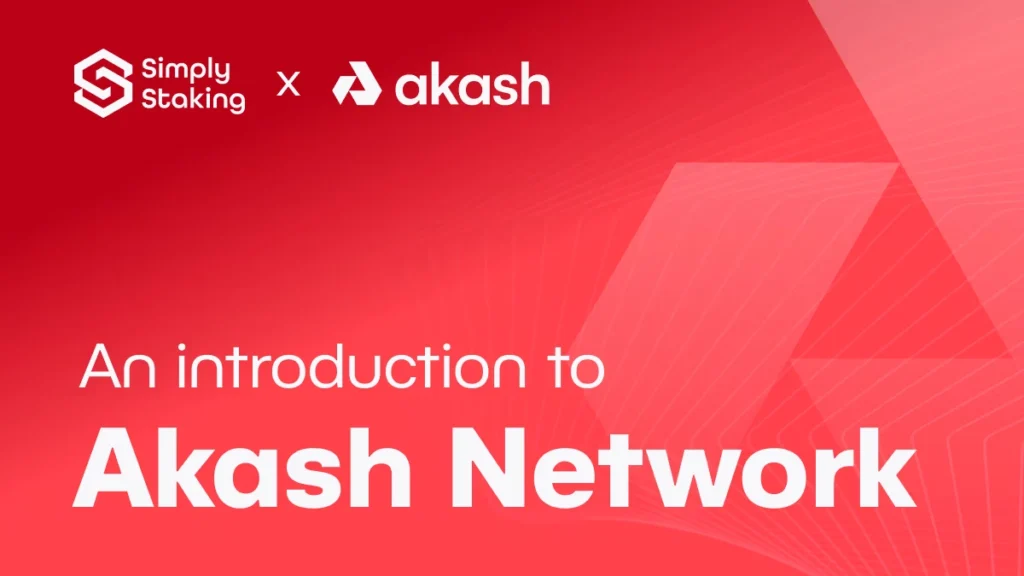
What is Akash Crypto?
The Simply Staking Guide to Airdrops
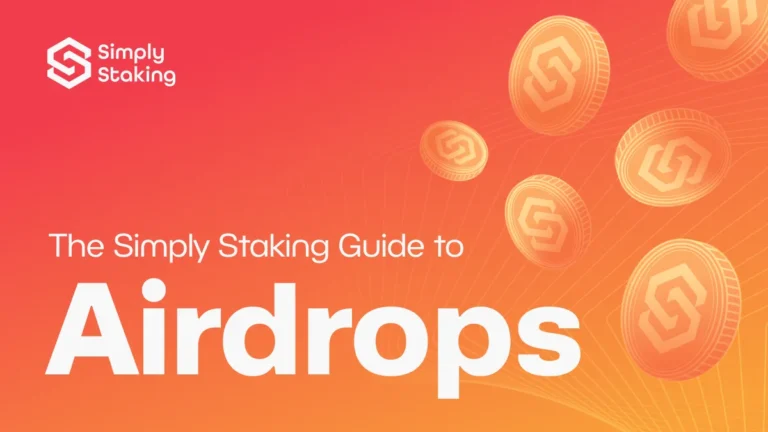
At Simply Staking, we’re bringing you a series dedicated to unraveling airdrops, aiming to educate our community and the wider crypto world. We plan to do so, so that a buzzword will transform into a gateway of possibilities and enable better understanding of the crypto space, minus the boredom.
Hyperbridge: The New Interoperability Coprocessor on Polkadot
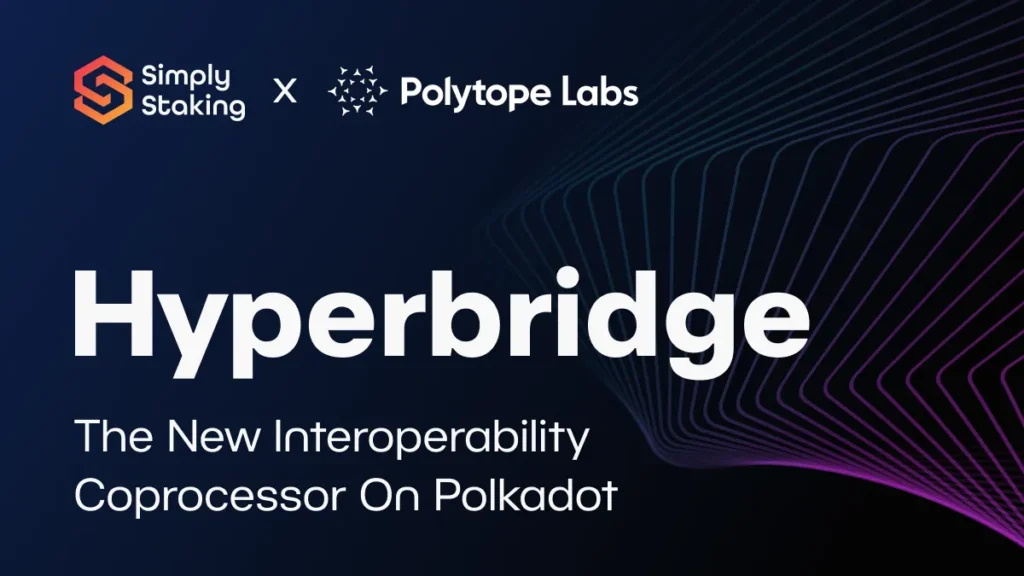
Hyperbridge on Polkadot
Moonbeam: The Cross-Ecosystem Hub of Polkadot

What is Moonbeam Crypto?
Polkadot 2.0: Transitioning to Coretime as a Service
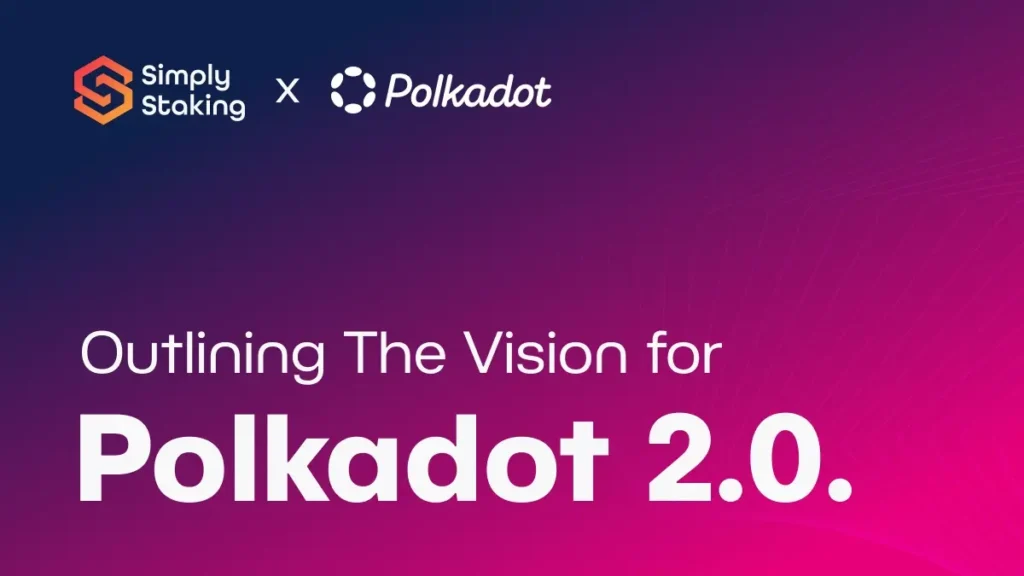
Outlining the Vision for Polkadot 2.0
Fairblock Network and the FairyRing Testnet

What is Fairblock & Fairyring?
CrossFi: Exploring Cross Finance’s EVM Testnet
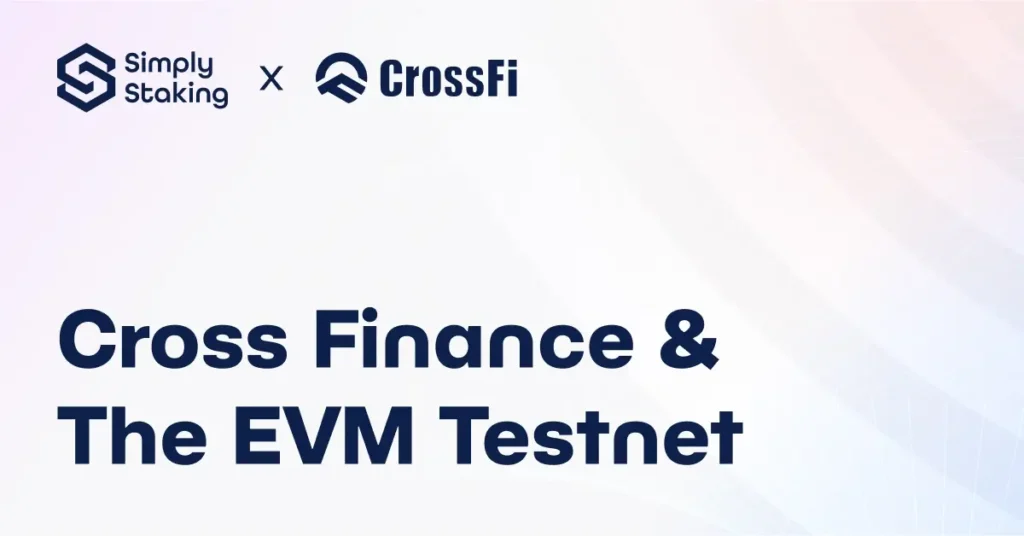
What is CrossFi Crypto?
The Cosmos Hub: An Introduction to the Internet of Blockchains
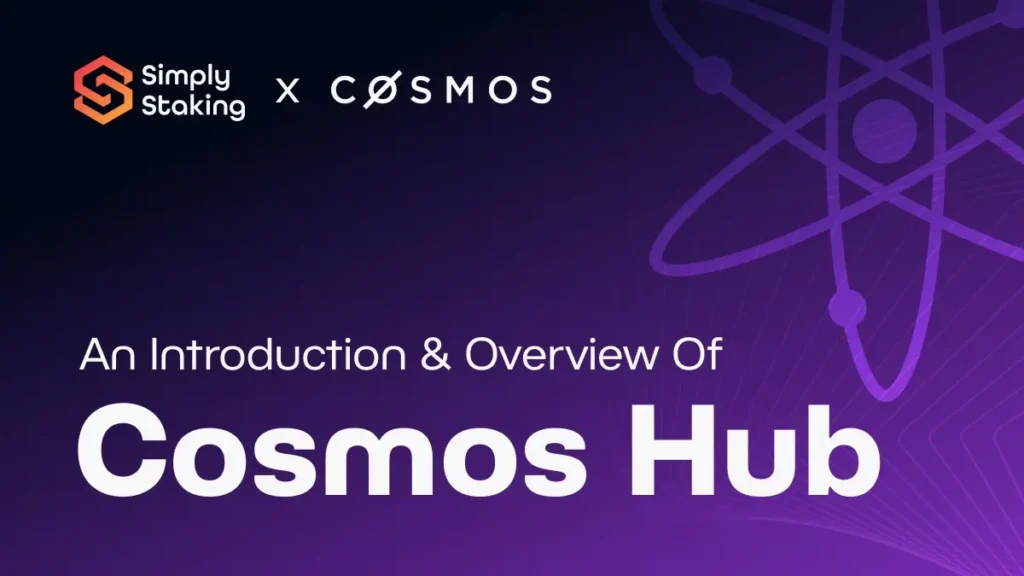
What is Cosmos Hub
Ambassador Program Discussion with Polkadot’s Biggest Active Whale

Insights from Polkadot’s top whale
EigenLayer — Understanding how it works
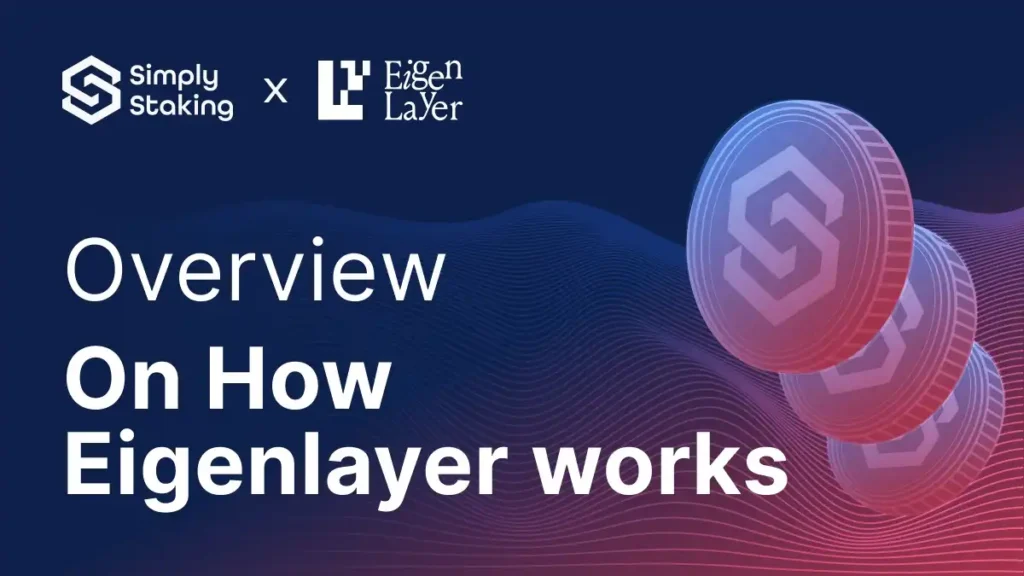
How Eigenlayer works
